Workshops Overview
Filter the Workshops by topic and/or format:
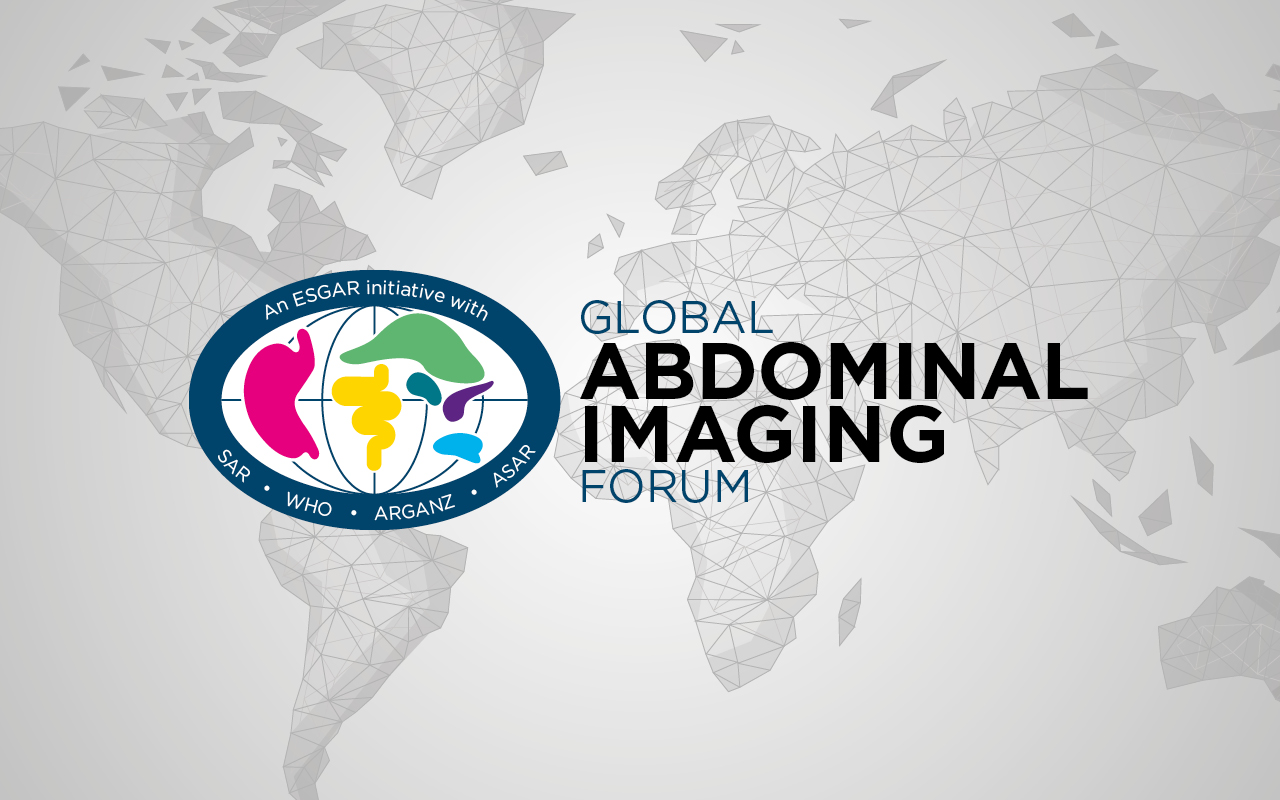
DATE: November 8, 2024
TOPIC: Hepatocellular Carcinoma (HCC)
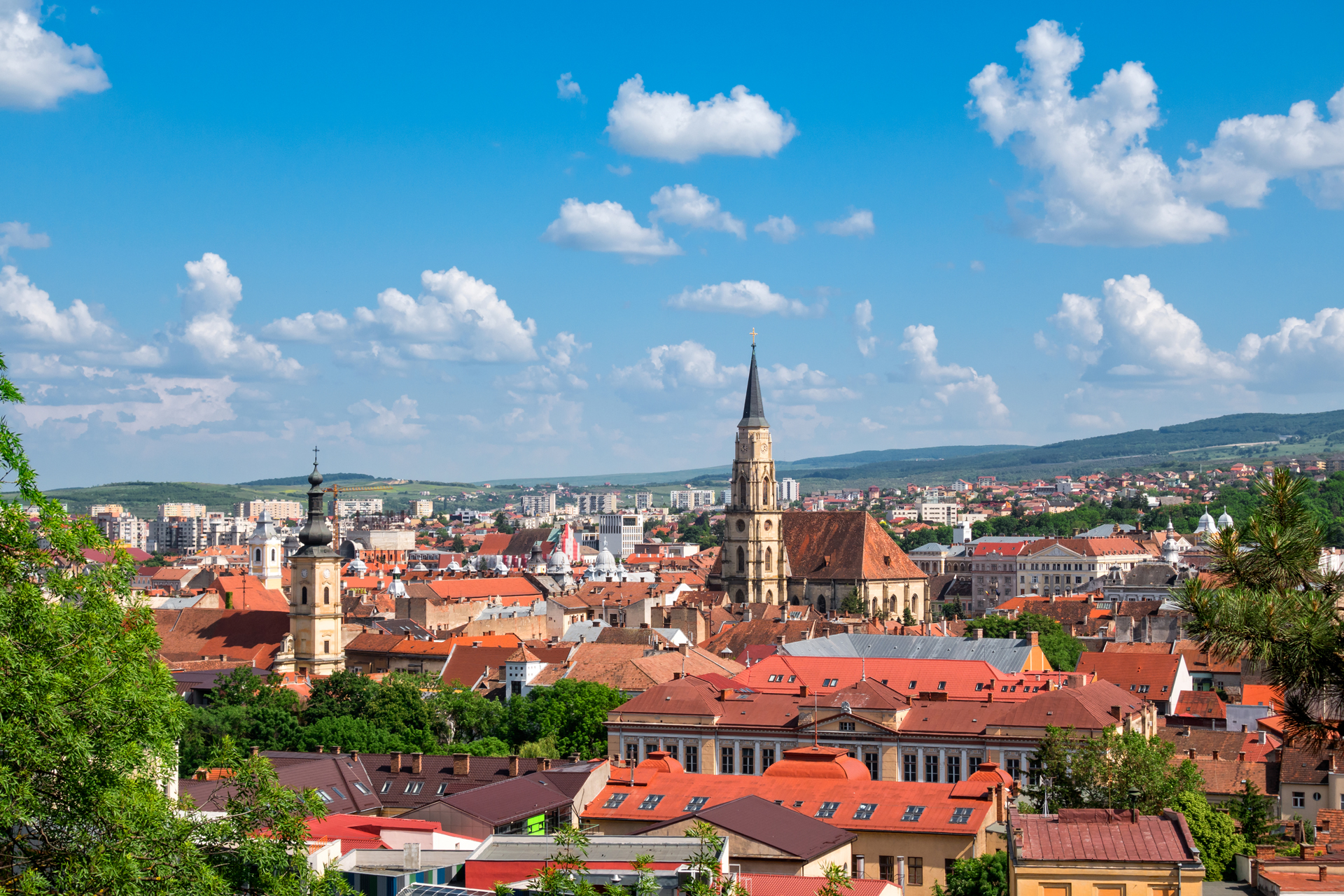
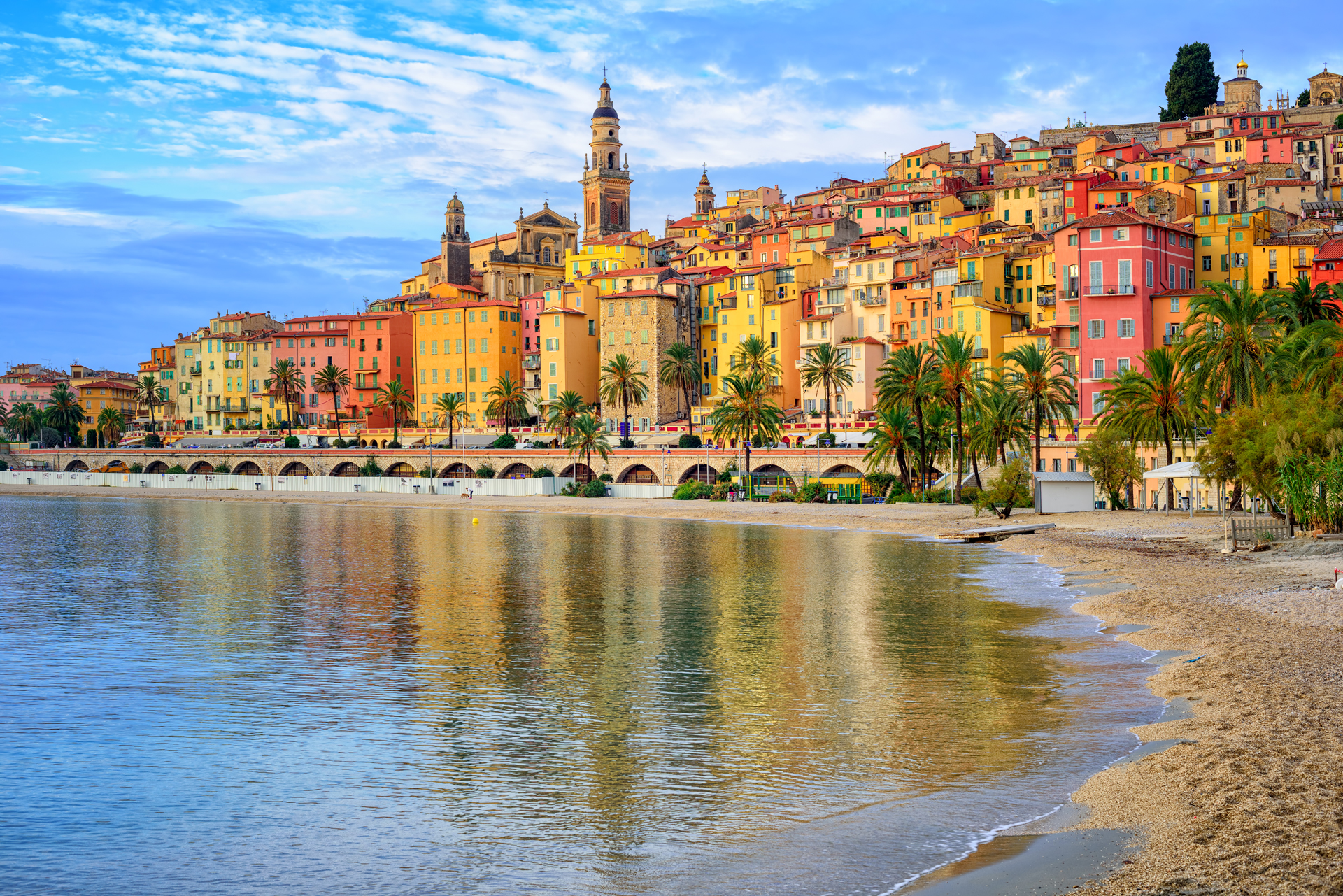
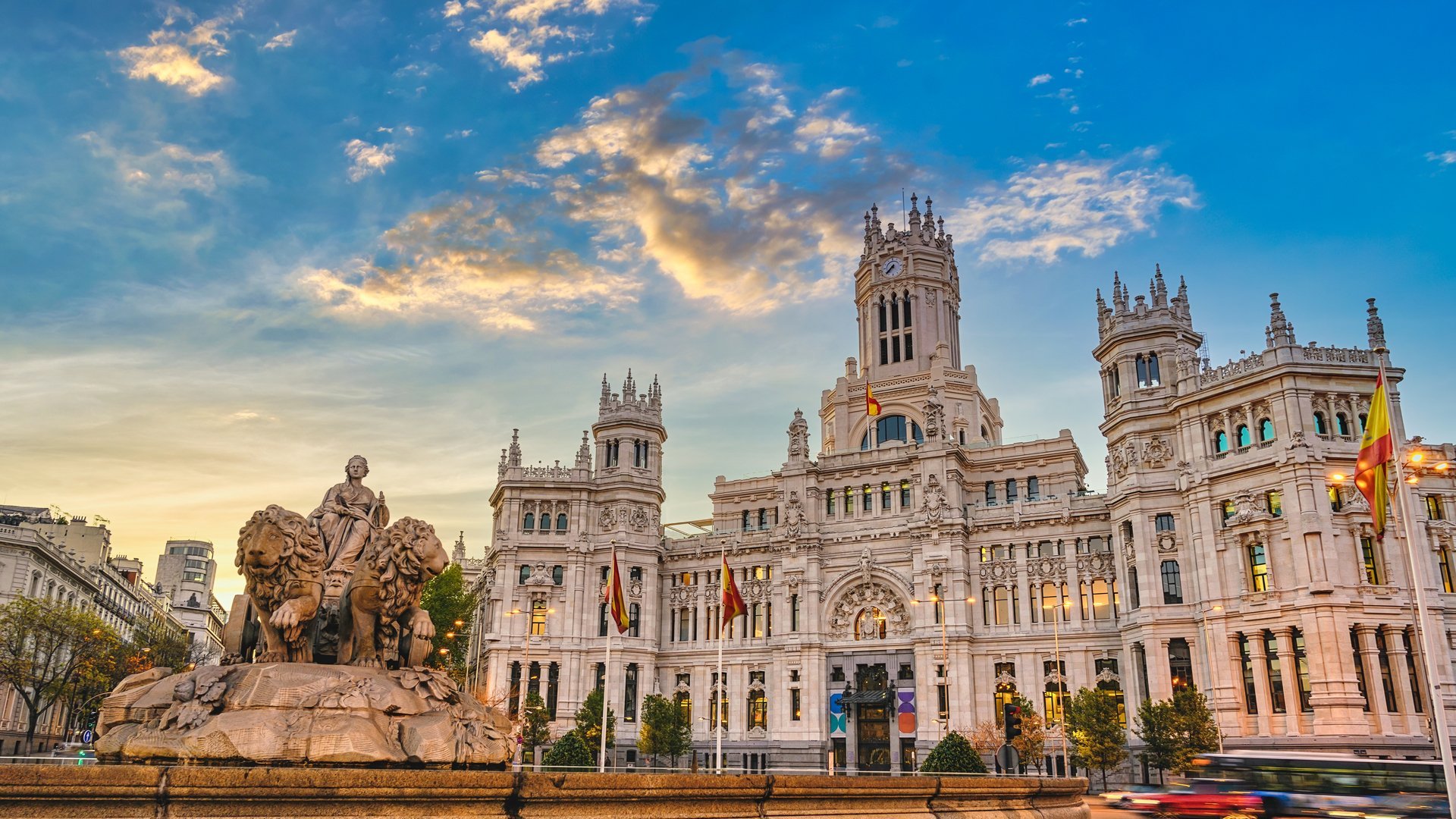
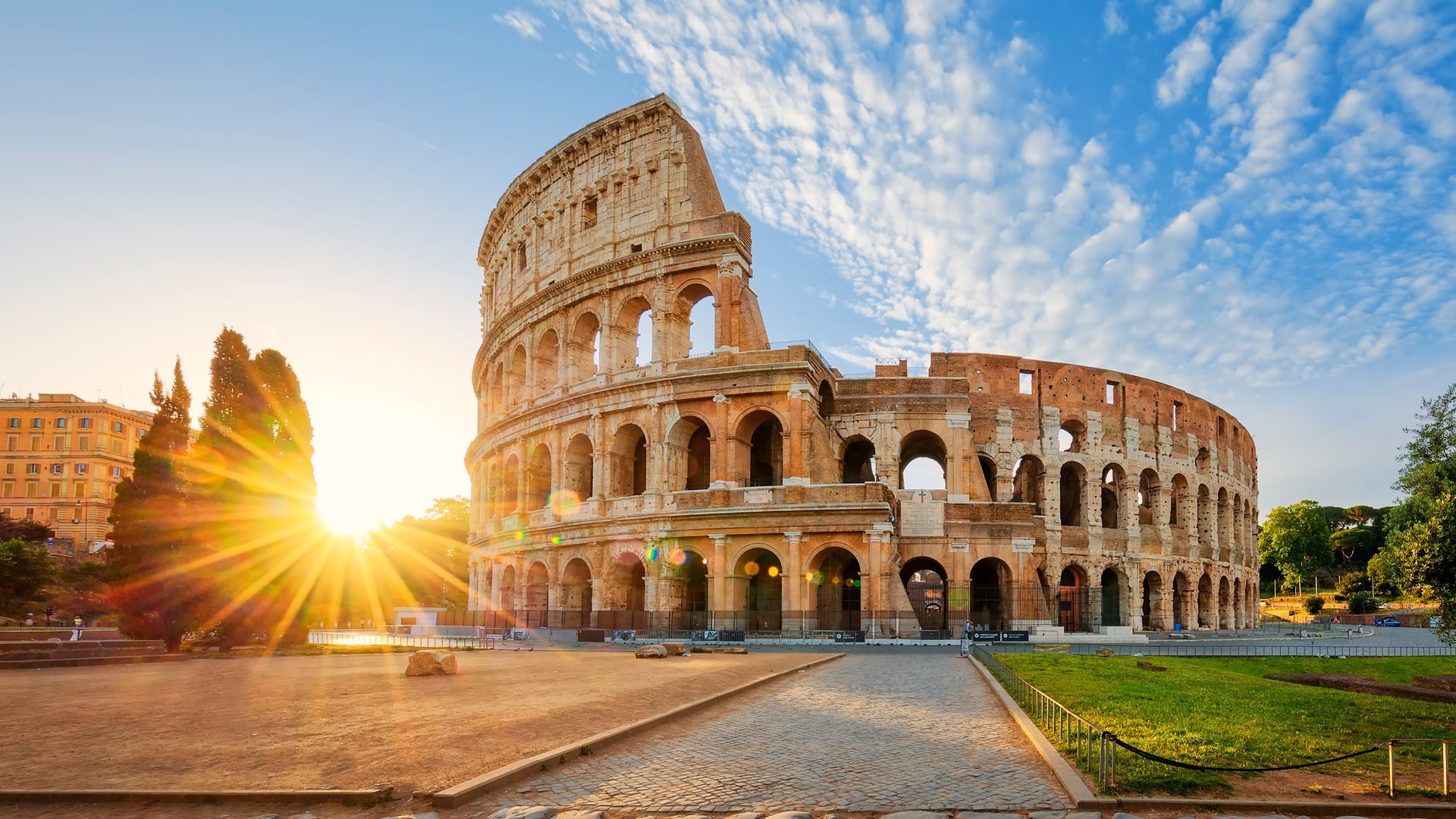
October 3 - 4, 2024
Rome, Italy
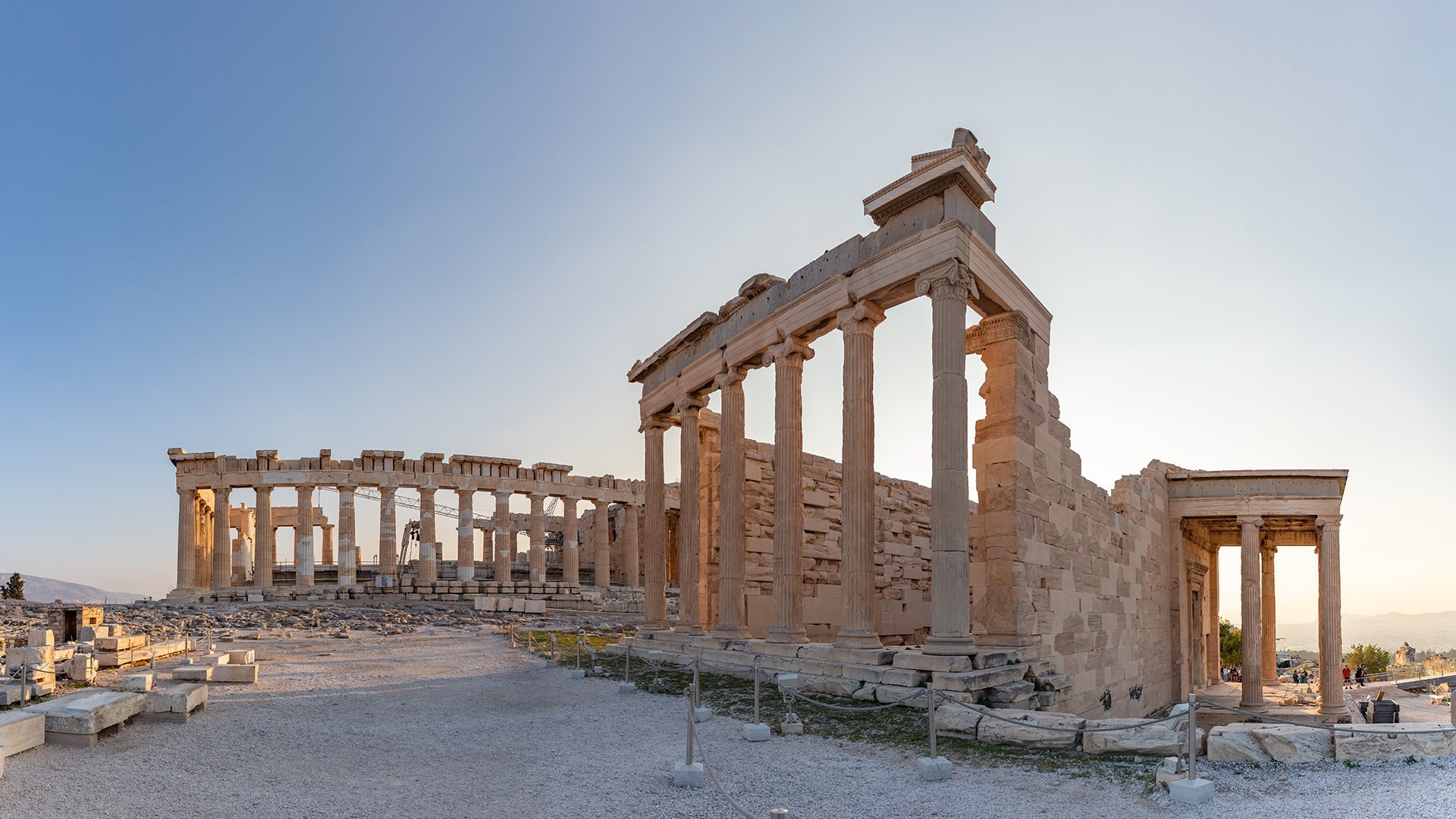
October 31 - November 1, 2024
Athens, Greece
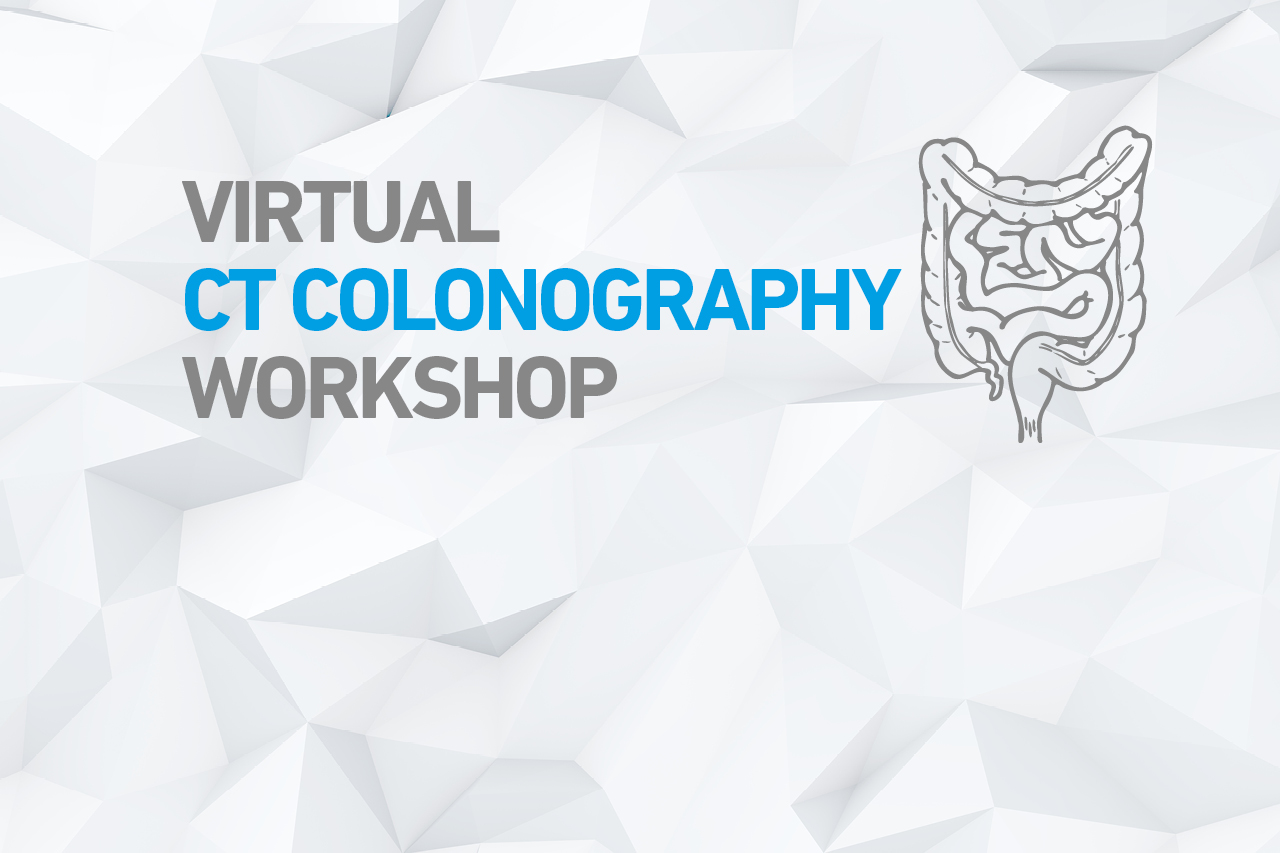
Virtual CT Colonography Workshop
November 21 - 22, 2024
More information coming soon.
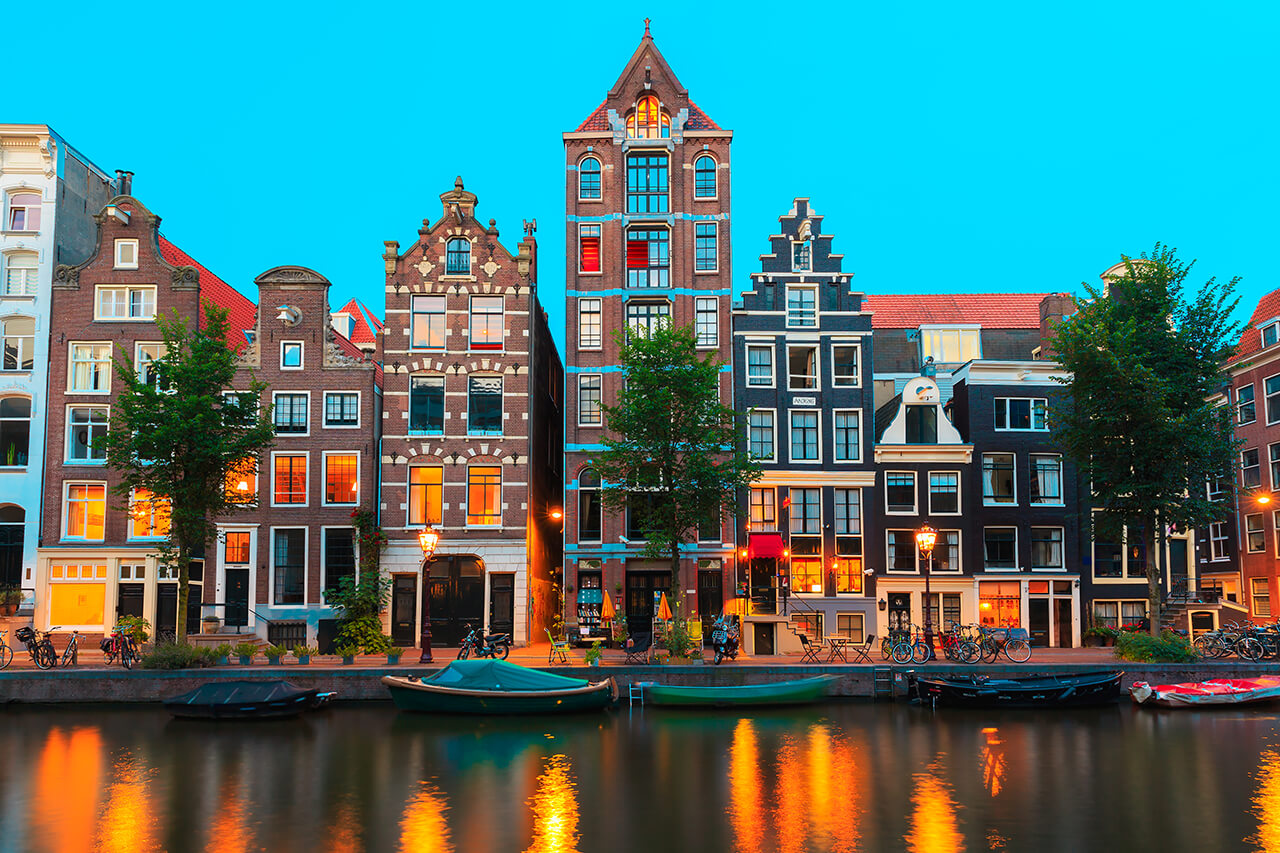
December 5 - 6, 2024
Amsterdam, The Netherlands
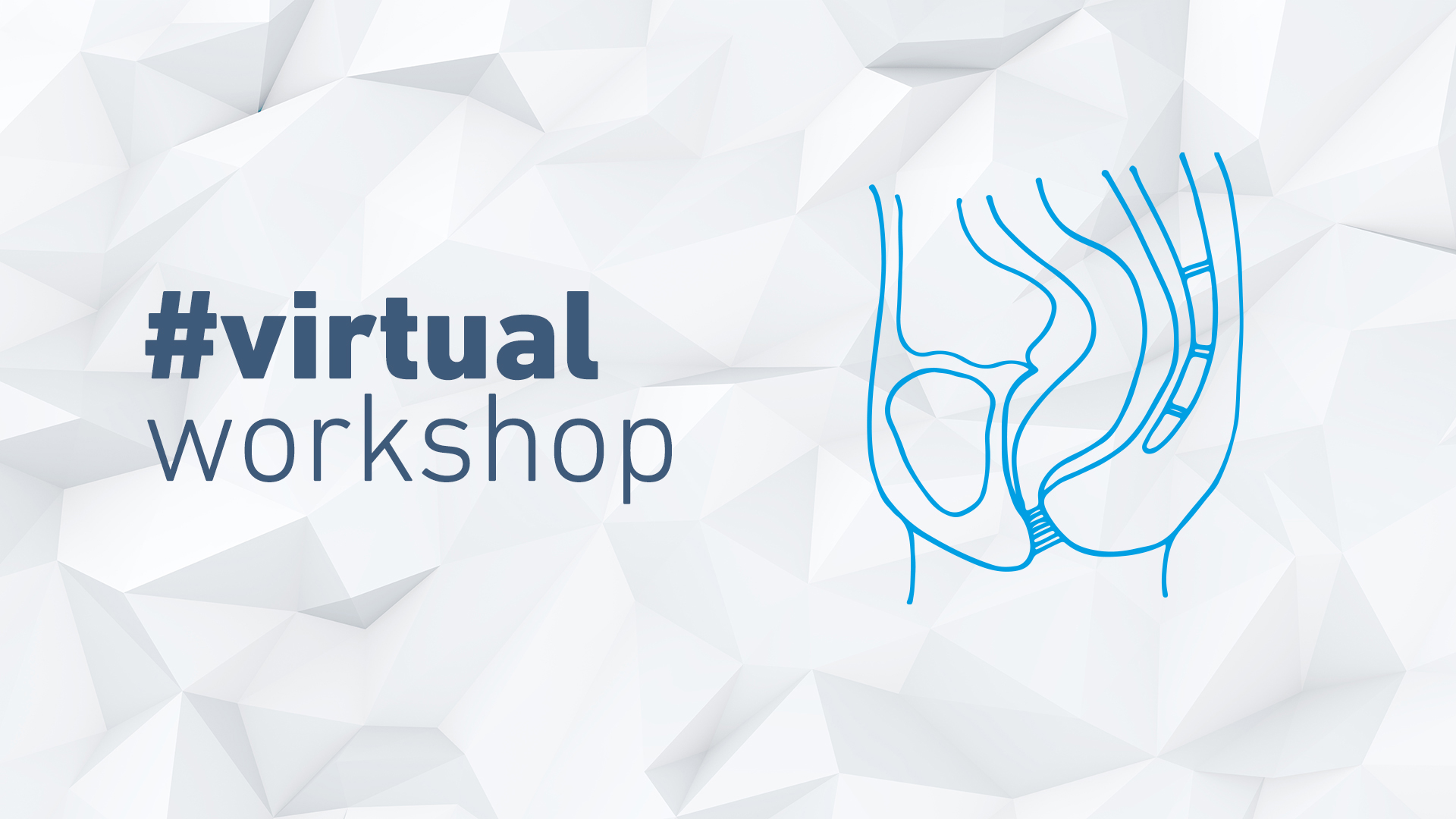
Part 1: Workshop: December 10, 2024
Part 2: Independent case review
Part 3: January 23 – 24, 2025
